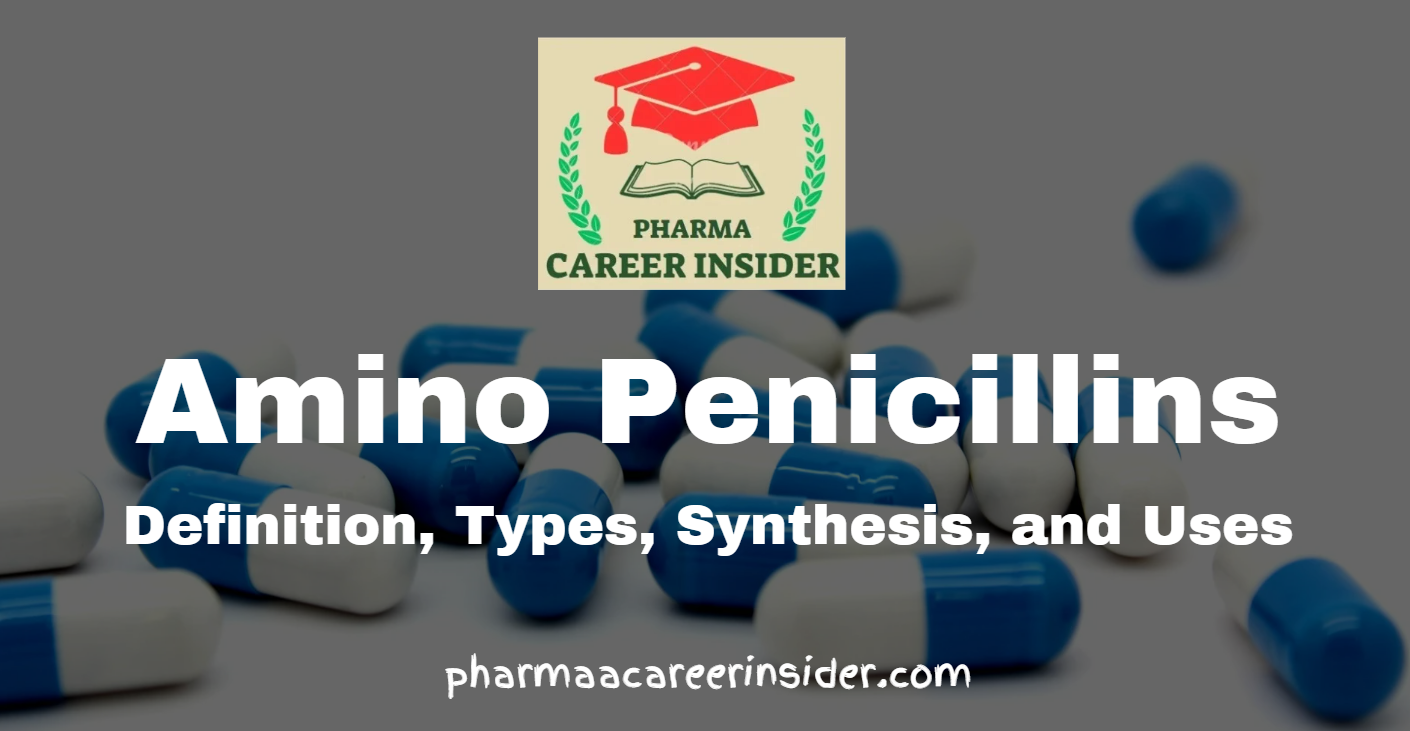Aminopenicillins represent a significant class of antibiotics characterized by adding an amino group to the penicillin structure, extending their activity spectrum compared to natural penicillins. This modification allows them to effectively target various bacteria, including gram-positive and some gram-negative organisms. Commonly used examples include amoxicillin and ampicillin. Amoxicillin, available in oral formulations, is frequently prescribed for respiratory tract infections, otitis media, and urinary tract infections, while ampicillin, available in both oral and parenteral forms, is often used in hospitalized patients. The expanded spectrum of aminopenicillins makes them valuable agents in treating various bacterial infections, especially those commonly encountered in clinical practice. However, their use should be guided by local resistance patterns and individual patient factors to ensure optimal therapeutic outcomes and minimize the risk of antibiotic resistance.
1. Ampicillin (Amcil, Omnipen)

Synthesis of Ampicillin:

Properties and uses of Ampicillin:
Ampicillin is a white hygroscopic powder that readily dissolves in water but is sparingly soluble in acetone and practically insoluble in fatty oils and liquid paraffin. When acylated with 2-azido-4-hydroxyphenyl acetyl chloride, it forms amoxicillin. This α-amino group is crucial for its broad activity, particularly in treating urinary tract infections and respiratory tract infections.
Ampicillin is available in various forms, including capsules (250 or 500 mg), as a sodium salt for parenteral use, oral suspension (125–500mg/5ml), and pediatric drops (100 mg/ml). The recommended adult dose is 1–4 g per day, divided into doses every 6 hours, while for children, the dose is 100–200 mg/kg per day divided into three portions.
2. Pivampicillin

Synthesis of Pivampicillin:

Properties and uses:
Pivampicillin is a white crystalline powder that is practically insoluble in water but soluble in methanol, ethanol, and dilute acids. It acts as a prodrug for ampicillin, and in vivo, its esters hydrolyze back to the parent ampicillin. Pivampicillin is commonly used to treat urinary tract infections and respiratory tract infections.




